The oceanographic campaign GLISTEN ‘15, starting off Elba Island, Italy at the end of August 2015, will test new sensors and solutions for ocean characterization using underwater gliders. Scientists from the NATO Centre for Maritime Research and Experimentation will operate on board the NATO Research Vessel Alliance along with researchers from nine collaborating institutions.
From August 26 to September 9, 2015, the NATO research vessel Alliance will conduct the oceanographic campaign GLISTEN ‘15, in the Tyrrhenian Sea, north of Elba Island. The trial will be preceded by five days of engineering tests (from August 17 to 21).
Scientists from the NATO STO Centre for Maritime Research and Experimentation (CMRE) and their partners from nine institutions of five NATO Nations (Canada, Italy, Norway, U.S. and U.K.) will collect acoustic, oceanographic and geophysical data using both traditional and novel observation methods, such as underwater gliders, the greenest unmanned underwater robotic platforms that are available to date. In particular, GLISTEN ‘15 aims to test the readiness and feasibility of the novel payloads and smart sensing methodologies, which CMRE has developed to enhance current capabilities for ocean environment characterization. GLISTEN is one of the sea going efforts of the CMRE EKOE (Environmental Knowledge and Operational Effectiveness) program that develops scientific and technical solutions to the ocean environment predictions for NATO Nations and Navies.
“A deeper knowledge of this area could be also beneficial to the local communities for a more effective protection of the marine environment,” underlines Yong-Min Jiang, CMRE GLISTEN ‘15 Scientist in Charge. “The final data will be made available to the scientific community under request.”
CMRE fleet of seven gliders will be deployed to study the properties of the seabed, water column and sea surface. The research will also include seabed characterization using naturally occurring ambient noise that is generated by the sea surface waves. Thanks to the hydrophone and hydrophone array equipped gliders, which have no propulsion and are able to operate silently, scientists shall be able to obtain the seabed types and layer structures by listening and then analyzing the ambient noise in the ocean.

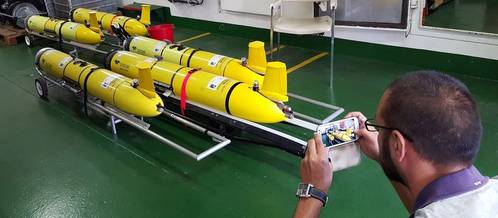


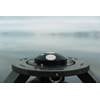
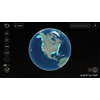
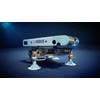
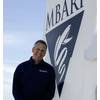








 February 2024
February 2024



